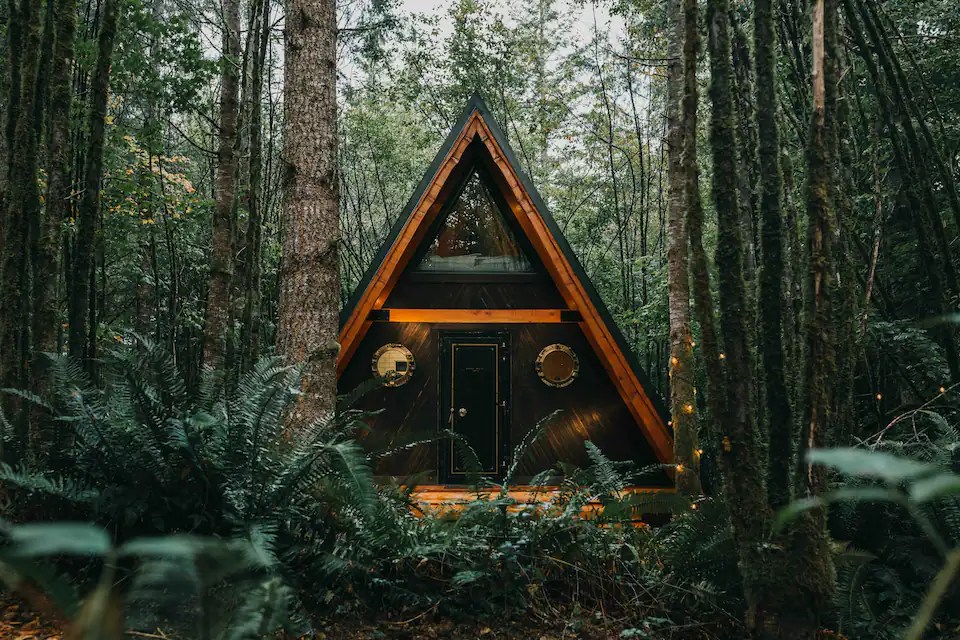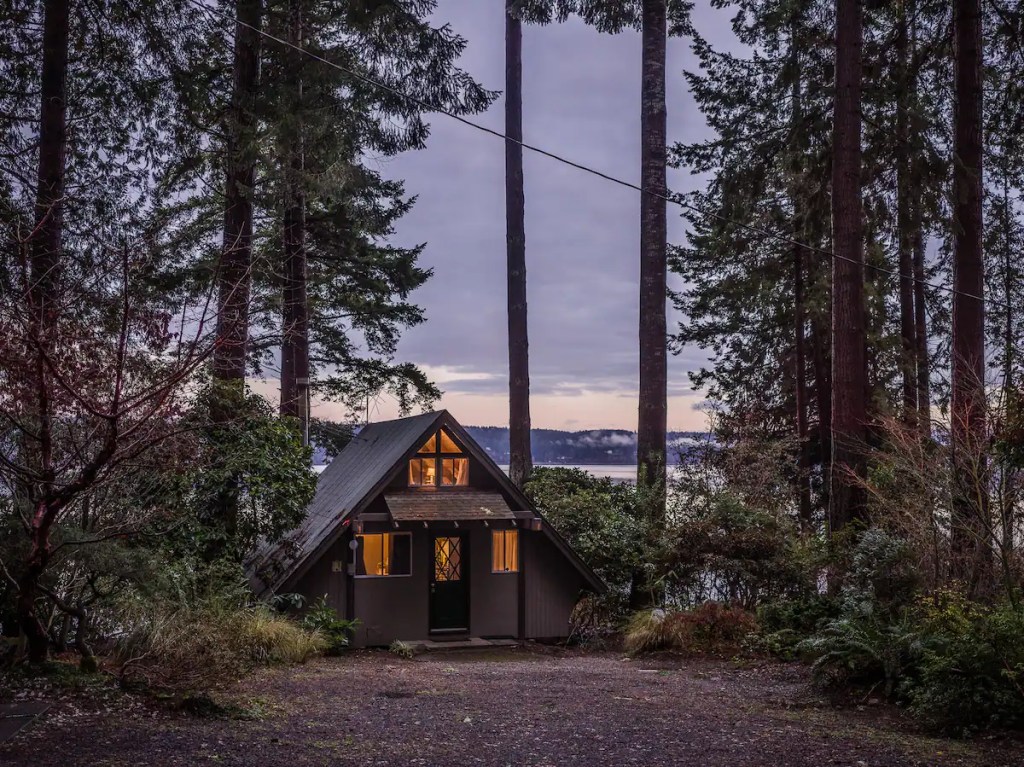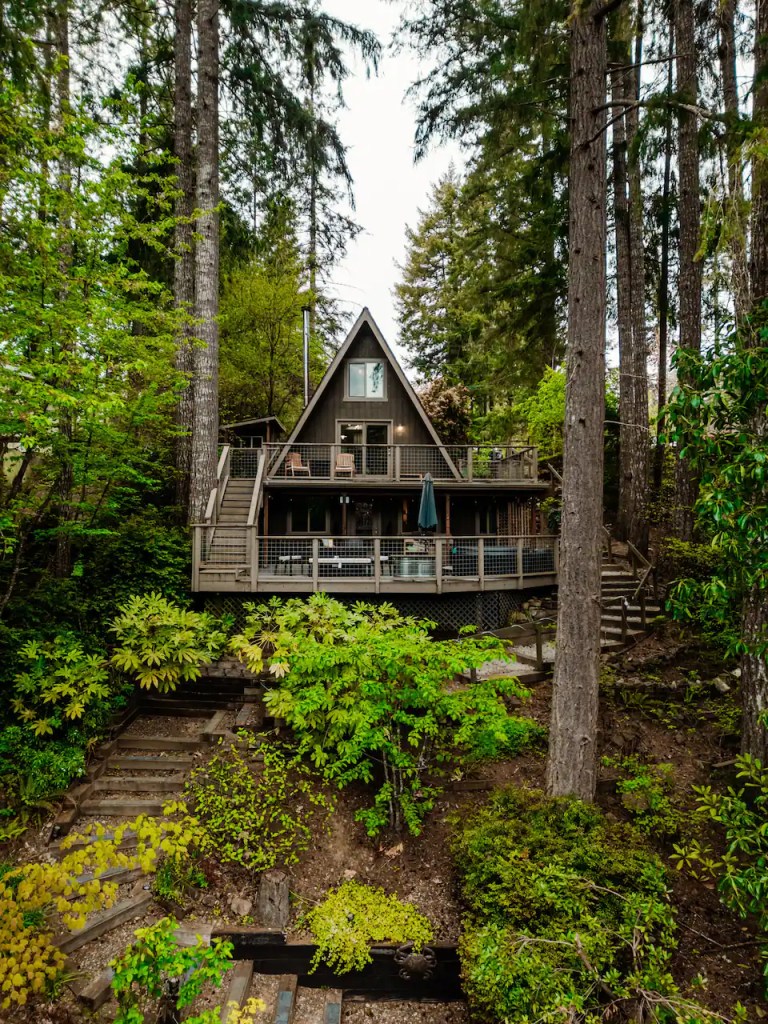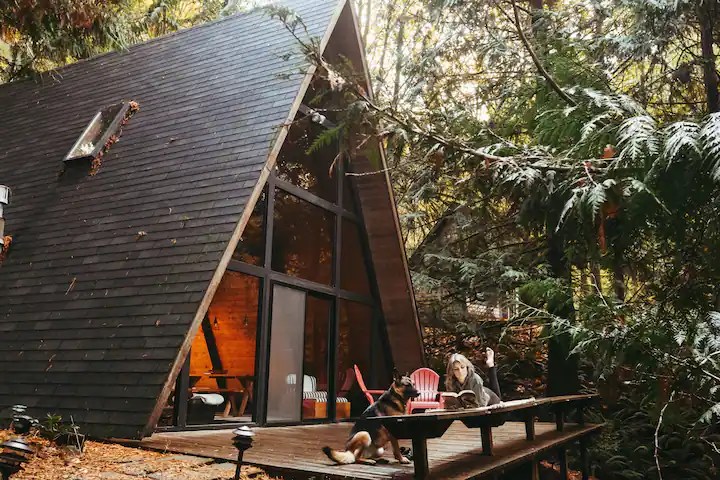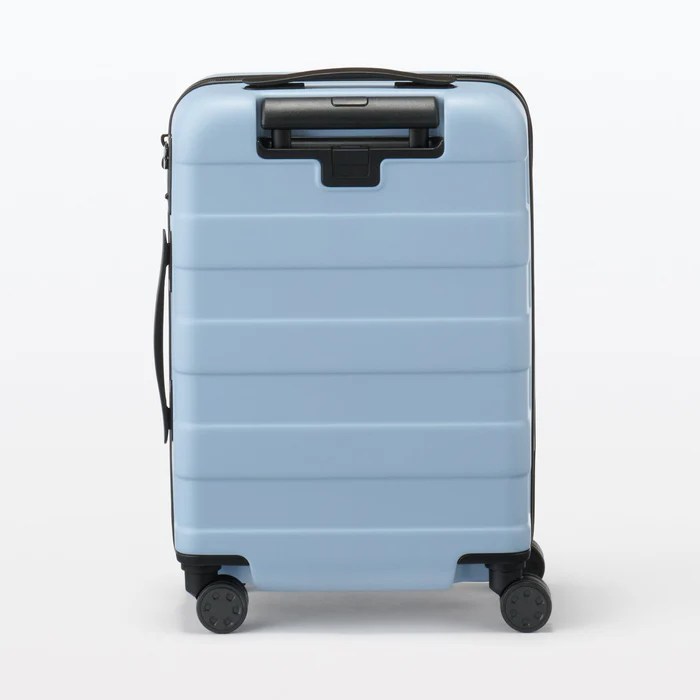RVing isn’t a hard sell.
Want to live life on the road, free from a monotonous day-to-day? Get an RV. Looking to meet other adventurous and like-minded travelers? Head to an RV park and start up a conversation. Dreaming of exploring the farthest reaches of the American frontier? Just load her up and press the gas.
The best part? RVers can do all of the above without saying goodbye to their home or their favorite amenities, from hot showers to comfortable beds.
While RVing comes with a few lessons learned, the merits aren’t hard to see.
Every year, newcomers leave their traditional homes behind to start a new life in their RV. In fact, one report from RV Nerd found that 2024’s RV sales numbers are up 11.1% from 2023. From travel trailers to fifth-wheel options, sales are increasing.
It seems that Americans are highly intrigued by the idea of a life lived fully on the road.
But not all roadies are interested in the standard RV fare.
Thanks to trending ‘van life’ social media accounts and a desire to get out of cities, there’s a new horizon in the realm of living on-the-go. Rather than opt for larger RVs, some Americans are gearing up camper vans.
Compared to the standard RV, camper vans are smaller and less amenity-packed—or more agile and off-road ready, depending on how you want to look at things.
Ever wondered about the merits of buying and customizing up a camper van versus an RV? Here’s what you need to know.
Rugged-ready adventures
Life on the road is inevitably more compact than life lived in an apartment or home.
And when it comes to comparing van life versus RV-living, that distinction is even greater. The average camper van is smaller than the average RV, which often poses challenges in terms of storage, electrical capabilities, and just about every other feature.
Except when it comes to getting into nature.
Vans are more agile, which makes it easier to explore national parks, reserves, and other remote destinations. Because vehicles are lighter, they’re better prepared to maneuver to off-road positions, especially those that offer jaw-dropping views.
To put it simply, vans are more ready for rugged adventures far from civilization.
DIY dreams
Vans also outmaneuver RVs when it comes to customization.
That isn’t to say that RVs aren’t customizable. However, most companies pack as many features into their RVs as possible in order to minimize the amount of work buyers have to do before hitting the road.
In other words, RVers are usually looking for the features they need when shopping around for their latest vehicle.
By comparison, vans are cheaper and easier to customize. That’s especially true for those who know a thing or two about carpentry, electric work, and plumbing—or those who know professionals that do.
That being said, there’s limited space in a van, which means they aren’t infinitely customizable. That’s doubly true when you factor in considerations like weight.
So this isn’t a no-holds-barred focus on DIY tinkering. It’s instead about minimalism and functionality.
All those cherished amenities
Broadly speaking, RV life comes with more comfort.
Van life, on the other hand, requires sacrifices related to space and amenities. That being said, adventurers who live out of their vans don’t need to sacrifice all the things they love the most.
If you want to see what’s really possible living inside a van, I suggest checking out this blog from Court & Nate. They’re a van-life couple with a bespoke vehicle that takes them to the US’s most stunning parks. They live with their Doberman and cat inside the van—and it looks comfortable to me.
Not only do they live with pets, but they also have modern amenities like Wi-Fi, hot water capabilities, a lovely shower, and even a compost toilet.
In other words, van life doesn’t mean ascetic living. In fact, the rules are constantly being rewritten when it comes to van life.
Who is van life best geared towards?
Van life requires a minimalist approach, no matter which way you paint it.
While that doesn’t mean saying goodbye to modern amenities, it usually involves a simpler lifestyle. In exchange, there’s the freedom of the open road—which doesn’t require hitching at RV parks.
So if you’re a do-it-yourself adventurist with a more limited budget, van life is for you. If you’re interested in customizing your van to meet your specific needs, even better.
The easiest way to start living in a van (down by the river), is to explore van blogs that introduce the basics. These resources can help you learn about the most important features of a starter van, along with things like electrical setups, compost toilets, water storage and heating, and more.
Here are the blogs I suggest exploring:
- Court & Nate (mentioned above)
- Gnomad Home
- Parked in Paradise
